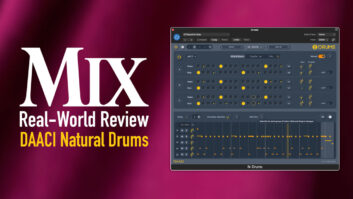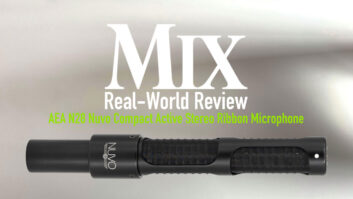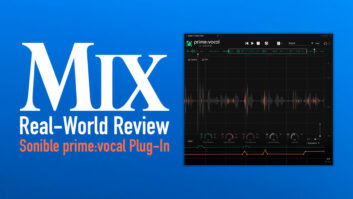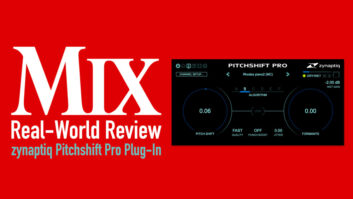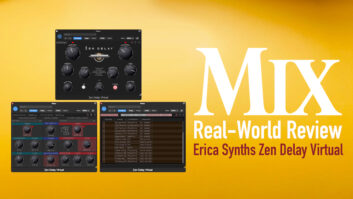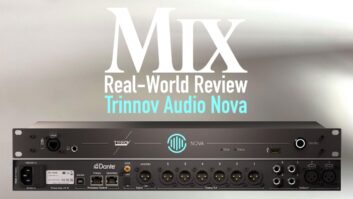We live in a world that finds most of us spending ever more time behind our computers and various portable computing devices. Increasingly, we are interacting with the world at large through the portal of these gadgets, even as we are also relying on them more as tools of our trade. While traditional informational outlets like Pro Sound News are a part of how we stay informed and in touch, there’s also an electronic world’s worth of information available at our fingertips through the magic of ether borne bits flying between us. PSN’s Facebook page and Twitter feeds are evidence of this, along with our daily e-newsletter and our website. Far removed from the days where our electronic interface was limited to text alone, video and audio are now a part of the web infrastructure (you’ll find tags throughout this issue where stories and product releases from the recent Winter NAMM show have corresponding video components online, for example) and even real time virtual interaction is possible.

These are all good things, increasing our ability to learn and stay informed. We can’t all travel to each and every convention and seminar we’d like to attend, and the resources available through the virtual world give us unprecedented opportunities to benefit from events that we may not be able to attend.
That said, there’s a strong case to be made for face-to-face interaction. As marvelous as all the new technologies are, there is still enormous value in the real world of voice and ear, handshake and eye contact. The “who you know” element is still a big deal in business, and the lasting relationships that are born of shared experience are far more difficult to build on virtual communication.
The large annual tradeshows and conventions are one avenue for keeping your experience real, and for audio professionals and professionals in the making, there’s still no better single, immersive experience than the annual AES conventions. Closer to home there are free seminars and lectures as well as paid events like mini conventions and conferences. Organizations like SMPTE (smpte.org) and SBE (sbe.org) host broadcast audio oriented events, and for live sound and install there’s NSCA (nsca.org) and InfoCOMM (infocomm.org). There’re private organizations like the Music & Engineering Alliance (METAlliance.com) holding events like their very exclusive upcoming two-day live recording and mixing event, as well as major market events hosted by local sections of the Recording Academy’s P&E wing (grammy.com/Recording_Academy/Producers_and_Engineers/) like the upcoming (as I write)February’s “An evening in the studio with Bill Szymczyk” in Miami and last year’s “In the studio with Sennheiser and Neumann” and “Recording the Beatles.”
Manufacturers have regional and traveling seminars. Universities host events and presentations (I plan on visiting Middle Tennessee State University this week to hear Floyd Toole speak, for instance). And, there’s your local AES section and other sections in your region holding frequent meetings on a wide range of topics. Often, on a grander scale, local AES sections team up for major events with educational institutions like the Boston Area Definitive Student Summit (BADASS — heyaudiostudent.com) held each September at the New England Institute of Art (NEIA also co-hosted, with the Education Committee of the Audio Engineering Society, a recent free event recording a jazz band direct to Edison cylinder — there’s video of this event online at prosoundnews.com). The Webster University Student Section has their annual Student Summit with an ambitious and successful program including sessions that students and pros alike (www.webster.edu/aes/); the fourth annual Webster event is scheduled this year for late March. And in early March there’s the Nashville Recording Workshop + Expo 2010, presented by the AES Nashville Section and Mike Curb College of Entertainment & Music Business, in conjunction with the Audio Engineering Society, designed to share the expertise of audio professionals with home studio owners, be they engineers, musicians or songwriters.
By all means, use the wondrous web for all it offers. But, make part of your online routine using the web as a tool to find out what’s going on around you. Much as we are all prone to praise the virtues of live musical experiences, so it goes with professional interaction.
